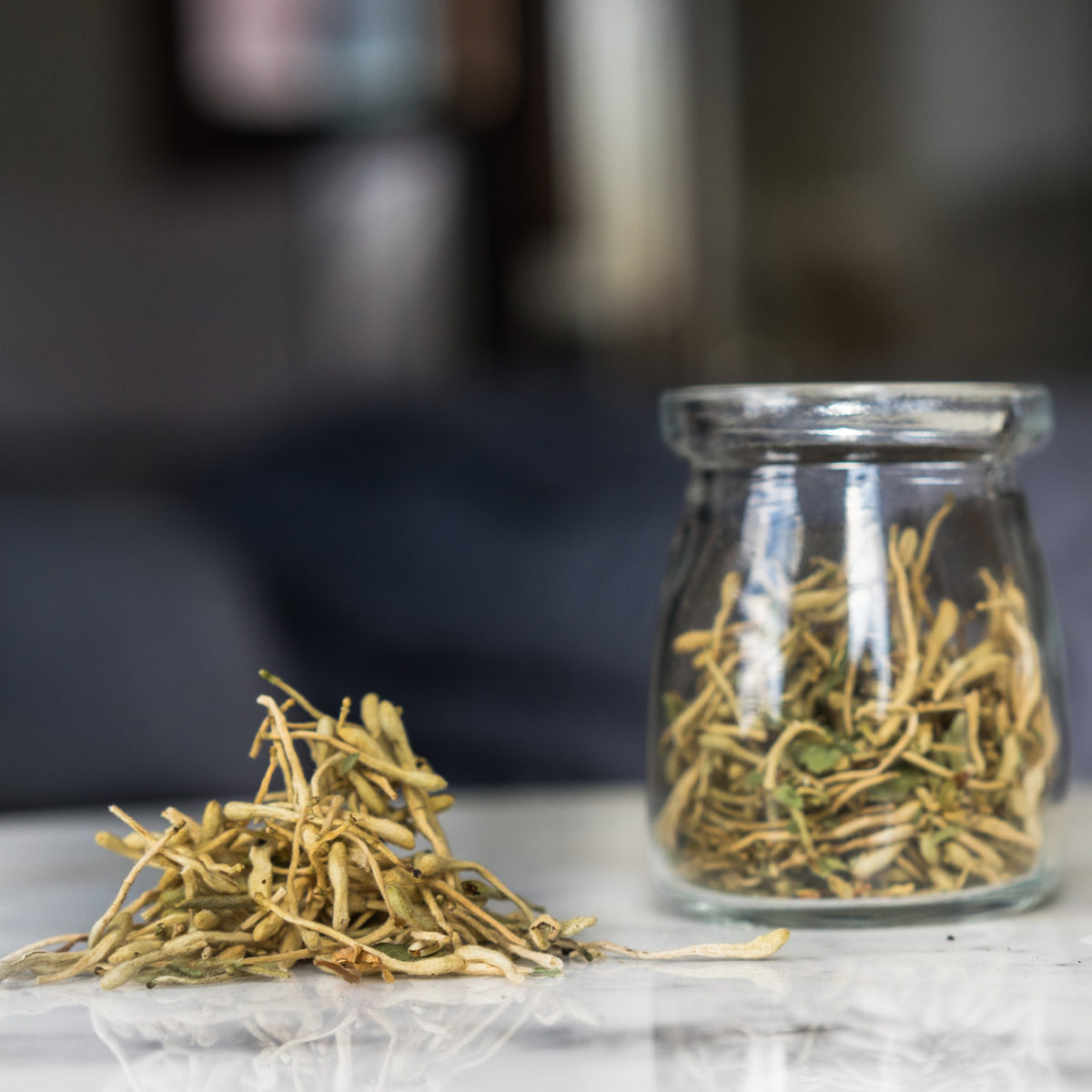
COMMON NAME (Chinese Name)
Valerian Root (Xié Cǎo)
BOTANICAL NAME
Valeriana Officinalis
USES
Valerian root supplements are helpful as non-addictive sleep aids for people suffering from mild to moderate insomnia, though it might be necessary to take it for several weeks before there’s any noticeable change in sleep health or quality. The chemicals in valerian root work the same way as those in Xanax and Valium, though notably without many of the side-effects.
Studies repeatedly find that valerian root supplementation results in decreased sleep latency (the amount of time it takes to fall asleep), improved sleep quality, and fewer sleep disturbances. What’s more, taking oral valerian root supplements before sleep appears to change the architecture of a person’s sleep cycle — reducing REM sleep at the beginning of the night and increasing REM sleep later in the night. This is significant because people with clinical depression (and insomnia related to it) often experience too much REM sleep too early in their sleep cycle. The relationship between depression and sleep isn’t well understood, but regulating sleep cycles and sleep architecture may help reduce the symptoms and severity of depression.
Clinically, we find that a certain number of users become stimulated rather than sedated by valerian. This is not reflected in statistics from research studies as it occurs with a small minority of subjects. However, it has been reported for centuries; the Eclectics claimed that it worked best for cold, pale, weak, and depleted patients. Others have found that people whose pupils dilate instead of contracting when a light is shown in their eyes tend to have contradictory reactions to valerian as well as to other herbs.
Chinese medicine has only recently adopted Valerian. It categorizes Valerian as a circulatory stimulant (blood mover). It is warm, moving, aromatic and slightly drying, the latter being based on its expectorant qualities.
In addition to its uses as a sleep aid, valerian root may also help reduce the severity and frequency of hot flashes in menopausal women. Similarly, valerian root extract may reduce the emotional, behavioral, and physical symptoms of PMS. This is likely because valerian root extract modifies hormonal production and reception in the brain and also has antispasmodic effects, meaning it can reduce the intensity of the smooth muscle contractions that cause period pain.
PREPARATION & ADMINISTRATION
The dried, shredded roots of valerian plants are often available for purchase, as are pre-made extracts derived from the same components. The roots themselves are often best used for making teas and other hot-water decoctions, while the extract plays a vital role in various OTC valerian capsules. For sleep applications, one should use valerian extracts that were tinctured from fresh, undried roots as dry root powder (as opposed to dry extract powder) can be stimulating.
PRECAUTIONS
Common, yet infrequent side-effects of valerian dosage include headache and weakness, with morning sleepiness and daytime sedation. That said, there is little research into toxicity at high doses, though some studies suggest that overdosing may cause liver damage. Otherwise, valerian root supplements are generally safe for use, though not recommended for use by folks with a history of liver disease or women who are pregnant or nursing.
You should consult with a certified herbalist, physician or other qualified healthcare professional before taking valerian.
REFERENCES
Behboodi Moghadam, Zahra, et al. “The Effect of Valerian Root Extract on the Severity of Pre Menstrual Syndrome Symptoms.” Journal of Traditional and Complementary Medicine, Elsevier, 19 Jan. 2016,
Finley Ellingwood, M.D., Prof John Uri Lloyd, Ph.M., Ph.D., L.L. D.; USDA Plants Database accessed in 2018 at https://plants.usda.gov
Buysse, Daniel J., and Shachi Tyagi. “Clinical Pharmacology of Other Drugs Used as Hypnotics.” Principles and Practice of Sleep Medicine (Sixth Edition), Elsevier, 7 Mar. 2016, https://www.sciencedirect.com/science/article/pii/B9780323242882000428.
Houghton, P J. “The Scientific Basis for the Reputed Activity of Valerian.” Journal of Pharmacy and Pharmacology, vol. 51, no. 5, 1999, pp. 505–512., doi:10.1211/0022357991772772.
“Introduction.” LiverTox: Clinical and Research Information on Drug-Induced Liver Injury [Internet]., U.S. National Library of Medicine, 20 Nov. 2019,
Juarascio, Adrienne, et al. “Alternative Therapeutics for Sleep Disorders.” Therapy in Sleep Medicine, W.B. Saunders, 10 Nov. 2011,
Krystal, Andrew D. “Pharmacologic Treatment of Insomnia: Other Medications.” Principles and Practice of Sleep Medicine (Sixth Edition), Elsevier, 7 Mar. 2016,
Simon Mills & Kerry Bone; The Essential Guide to Herbal Safety, 2005
Naiman, Rubin. “Insomnia.” Integrative Medicine (Fourth Edition), Elsevier, 28 Apr. 2017,
Mirabi, Parvaneh, and Faraz Mojab. “The Effects of Valerian Root on Hot Flashes in Menopausal Women.” Iranian Journal of Pharmaceutical Research : IJPR, Shaheed Beheshti University of Medical Sciences, 2013,
Popova, Maria. “Dreaming, Depression, and How Sleep Affects Emotions.” The Atlantic, Atlantic Media Company, 13 Aug. 2012,
